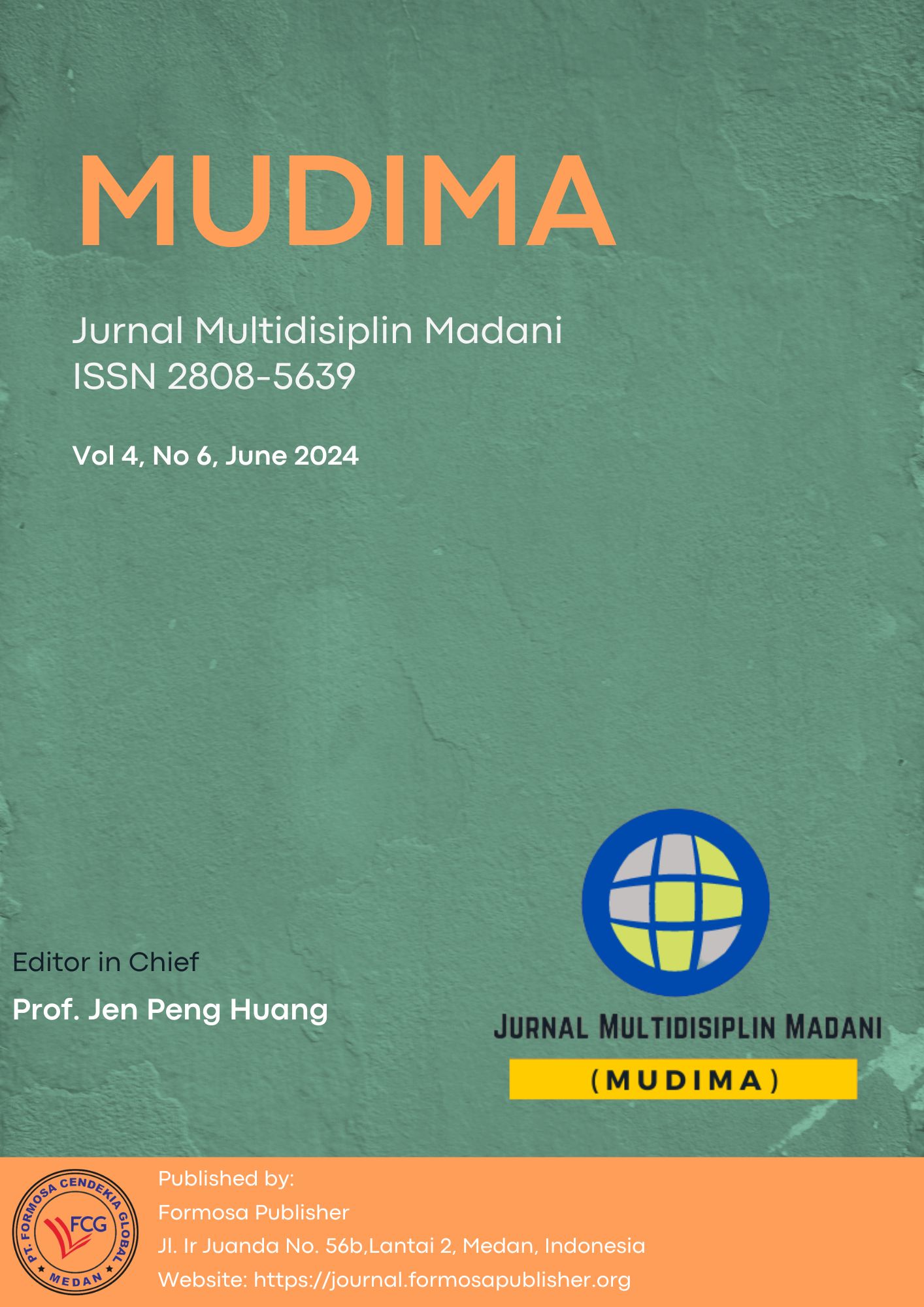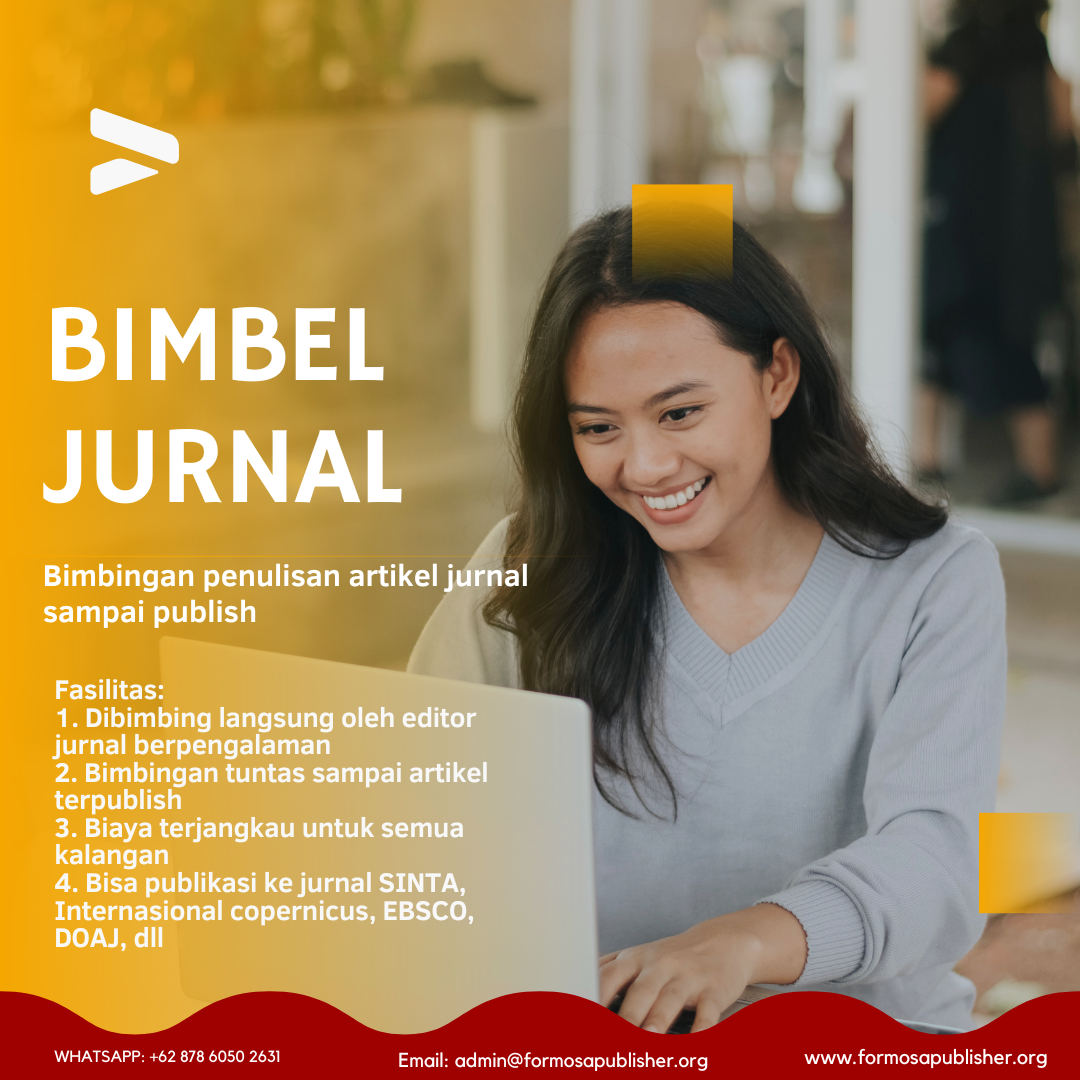The Decision-Making Process for the Selection of Naval Base VI to Uphold its Functions Through the Multi-Criteria Decision Making (MCDM) Integration Approach
DOI:
https://doi.org/10.55927/mudima.v4i6.9691Keywords:
Multi-Objective Optimization on the Basis of Ratio Analysis (MOORA), Indonesian Navy BasesAbstract
This research discusses the degradation condition of Naval Main Bases VI Makassar, which has experienced a decline in function as a naval operational support center. Factors such as the impact of the Makassar New Port (MNP) reclamation project and the morphological condition of the area have influenced the optimal implementation of base duties and the decrease in the base's confidentiality as an Integrated Fleet Weapon System (SSAT). Through the Multi-Objective Optimization on the Basis of Ratio Analysis (MOORA) method, this research aims to determine the best alternative in choosing the location of Naval Main Bases VI. The alternatives involved are Naval Bases Mamuju, Kendari, Naval Base Baubau, and Naval Base Palu. Criteria and sub-criteria, attributes as the basis for determining the best alternative choices include geography, resources, socio-cultural aspects, and vulnerability. The research results show that the use of the MOORA method provides optimal risk mitigation decisions for selecting the best alternative location. This research serves as an objective recommendation when deciding on more effective and targeted decision-making, thus using this method can achieve optimal results and can further develop knowledge in Decision Support Systems (DSS). The calculation results with the highest ranking are: Naval Base Palu with a value of (0.2402); this method is suitable for selecting the Alternative Naval Main Bases VI that is acceptable
References
Ardielli, E. (2020). Evaluation of ehealth deployment at primary care in the eu member states by usage of selected mcdm methods. Review of Economic Perspectives, 20(3), 337–359. https://doi.org/10.2478/revecp-2020-0016
Gadakh, V. (2011). Application of MOORA method for parametric optimization of milling process. International Journal of Applied Engineering Research, April.
Hanson, W. E., Plano Clark, V. L., Petska, K. S., Creswell, J. W., & Creswell, J. D. (2005). Mixed methods research designs in counseling psychology. Journal of Counseling Psychology, 52(2), 224–235. https://doi.org/10.1037/0022-0167.52.2.224
Musbawati, A. N., Harisah, A., & Sir, M. M. (2022). Pengaruh Lantamal VI Terhadap Morfologi Permukiman Tabaringan Makassar. SEIKO : Journal of Management & Business, 5(1). https://doi.org/10.37531/sejaman.v5i1.1653
Nurjanah, S., Istiyono, E., Widihastuti, Iqbal, M., & Kamal, S. (125 C.E.). The Application of Aiken’s V Method for Evaluating the Content Validity of Instruments that Measure the Implementation of Formative Assessments. Journal of Research and Educational Research Evaluation, 12(3), 133.
Singh, B. (2017). Applications of MOORA method for benchmarking decision in Indian industries. International Journal of Advanced Operations Management, 9(2), 88–105. https://doi.org/10.1504/IJAOM.2017.086674
Suharjo, B., & Suharyo, O. S. (2019). The naval harbours priority development using zero-one matrix decision variable (ZOMDV) and fuzzy MCDM methods; a case study. International Journal of Civil Engineering and Technology, 10(2), 623–634.
Taguchi, N. (2018). Description and explanation of pragmatic development: Quantitative, qualitative, and mixed methods research. System, 75, 23–32. https://doi.org/10.1016/j.system.2018.03.010
Downloads
Published
How to Cite
Issue
Section
License
Copyright (c) 2024 Rudi Hartono Siregar, Udi Surbakti, Hadi Prasutiyon

This work is licensed under a Creative Commons Attribution 4.0 International License.
































